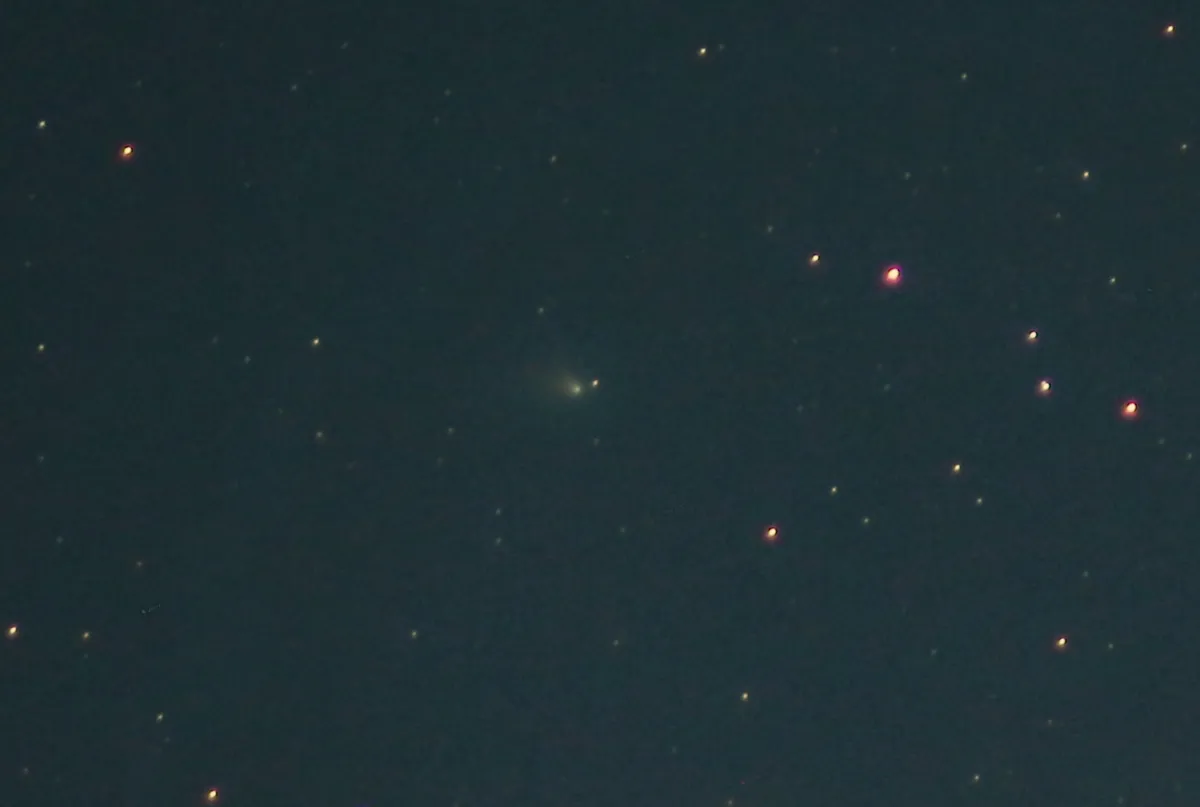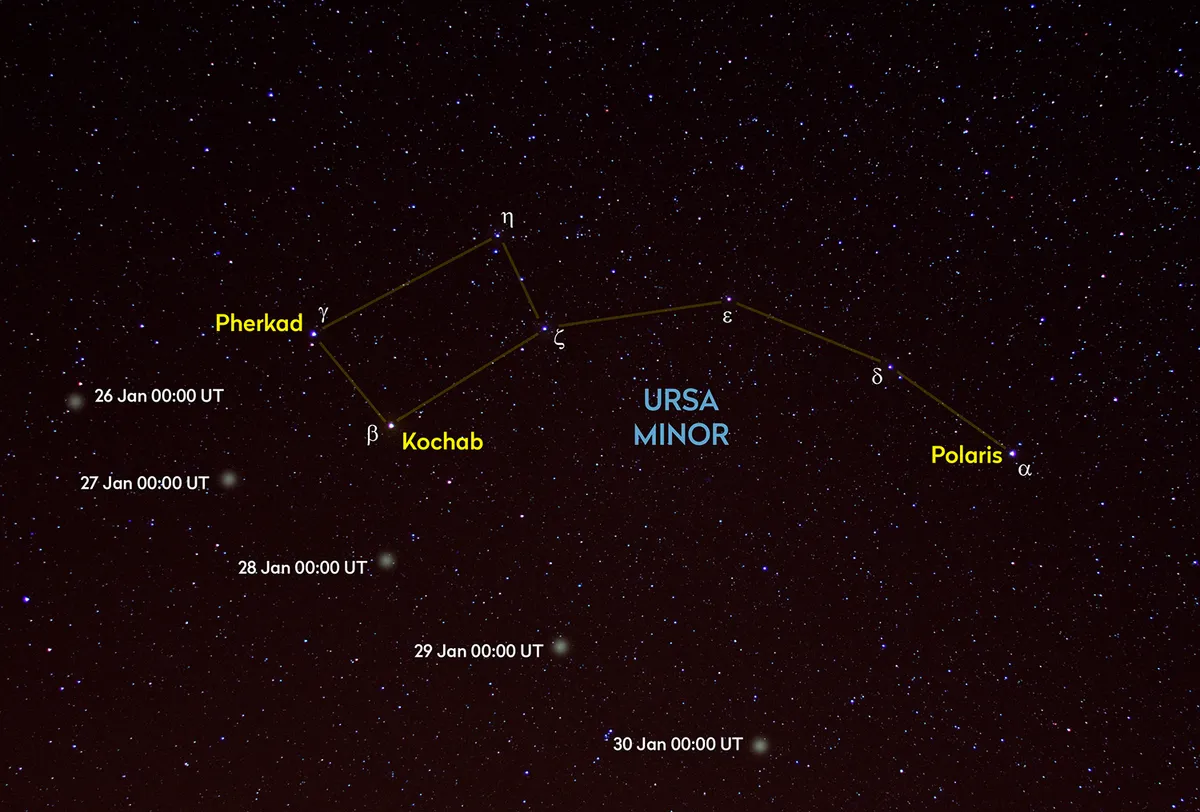Comet C/2022 E3 ZTF is currently the talk of the town in amateur astronomy circles, and has begun to cause quite a stir online.
But how bright will Comet E3 really get? Should we believe the hype? What can we expect to see from it in January 2023?
For a continued update, read Stuart Atkinson's blog on Comet C/2022 E3 ZTF and find out what you can expect to see.

Comet C/2022 E3 ZTF makes a dash for it this month.
Having held position in the region of Corona Borealis over the past weeks, the comet rapidly heads north during January 2023.
Below is a list of important dates and predictions surrounding Comet E3, and what we can expect to see from it in January 2023.
Comet C/2022 E3 ZTF: dates and predictions

C/2022 E3 ZTF begins the month at a predicted magnitude of 7.5.
On the nights of 10/11 and 11/12 January, it is expected to have brightened to mag. 6.8 and will be approximately 5° east of Alkalurops (Mu (μ) Bootis).
It formally exits the border of Corona Borealis on 13 January, continuing its northerly track.
It then sits 5° west of mag. 3.9 Tau (τ) and 4.2 Phi (φ) Herculis on 17/18 January.
After this date, if it follows its predicted brightness curve, the comet will pass the naked-eye threshold, mag. 6.0.
Appearing as a diffuse, fuzzy object, this brightness is an integrated magnitude: how bright the comet would appear if all its light were concentrated into a single point of light, like a star.
So despite passing the threshold, it is unlikely to be a naked-eye object at this time.

Despite this, it should be a relatively easy binocular object and will hopefully continue to brighten over the coming days.
Passing 2° east of the mag. 9.9 galaxy M102 on the night of 22/23 January, the comet is predicted to be at mag. 5.6.
Continuing north-northwest, it passes 1° west of mag. 3.3 Iota (ι) Draconis on the night of 23/24 January.
On the night of 25/26 January it will have crossed the border into the most northerly constellation of them all, Ursa Minor, the Little Bear.
As it does so it passes less than 0.5° west of the variable star RR Ursae Minoris, a red star that varies in brightness between mag. 4.5 and 4.7.

C/2022 E3 ZTF lies a little over 3.1° from Kochab (Beta (β) Ursae Minoris) on the night of 27/28 January, a location that should make it fairly easy to find, given that it will be possible to place both objects in the field of view of average binoculars.
The Moon will be a 42%-lit waxing crescent on 27 January, so wait for it to set before making your attempt.
On this date, as long as it behaves – and there is no guarantee with a comet – C/2022 E3 ZTF should be shining with an integrated magnitude of +5.0 and, possibly, visible to the naked eye given a dark sky.
At the end of the month it will have passed into the faint constellation of Camelopardalis as it begins a rapid dive southwest through next month.
This guide originally appeared in the January 2023 issue of BBC Sky at Night Magazine.
